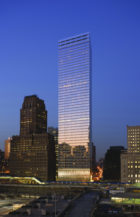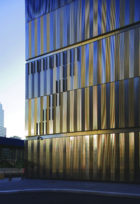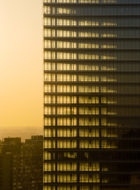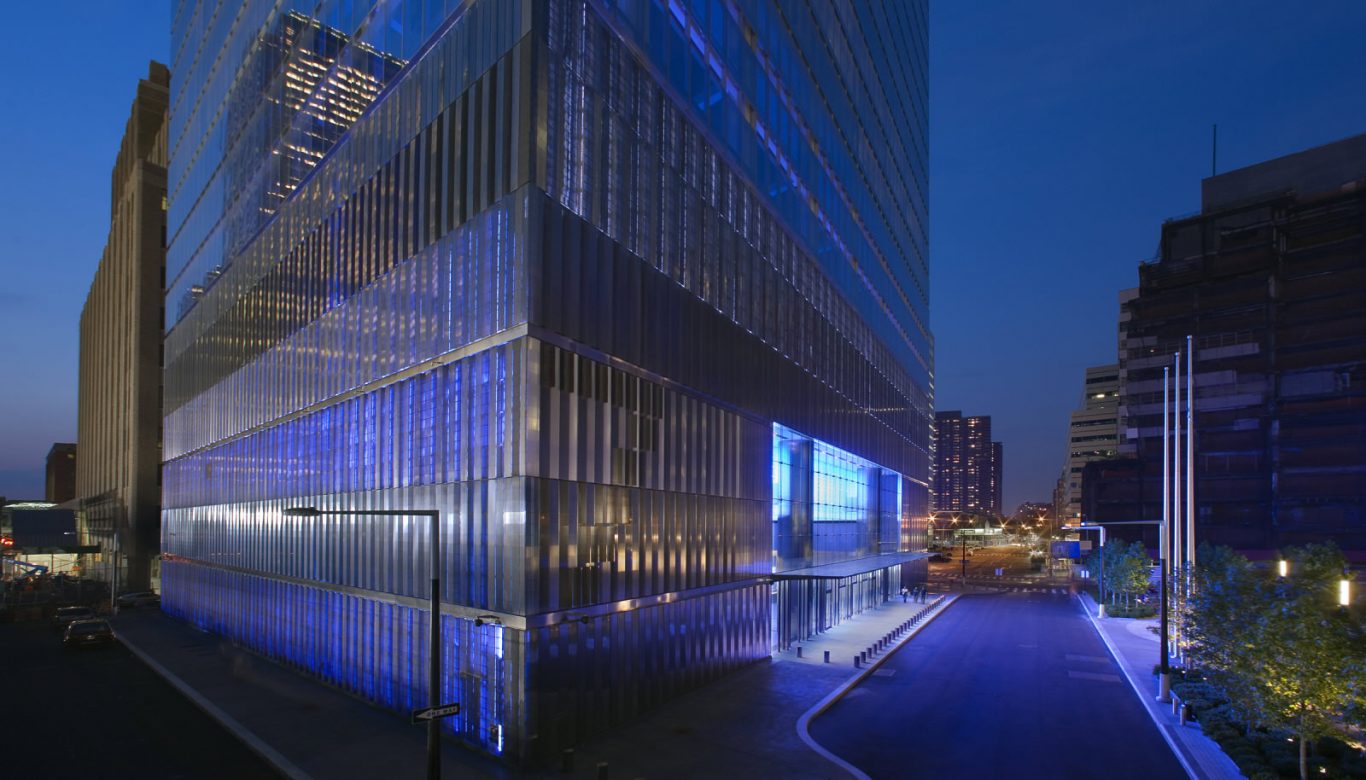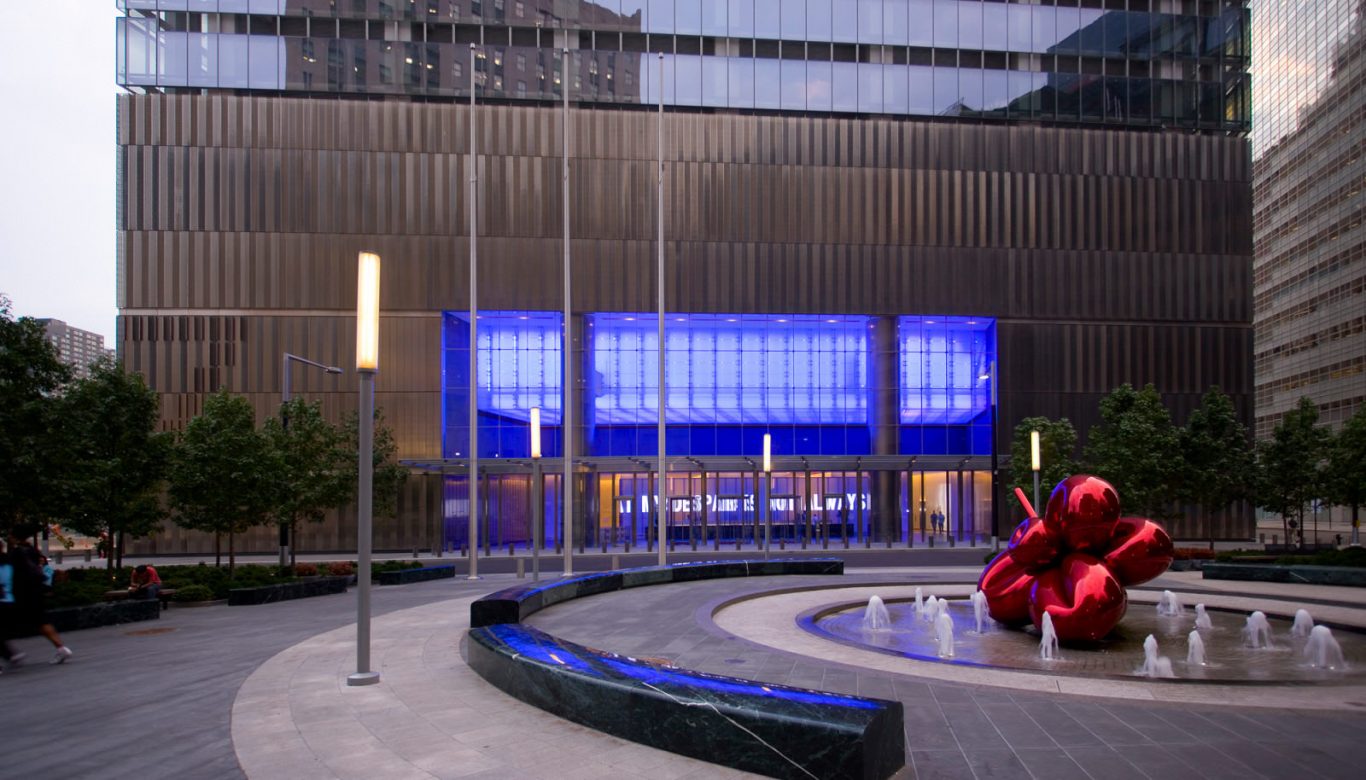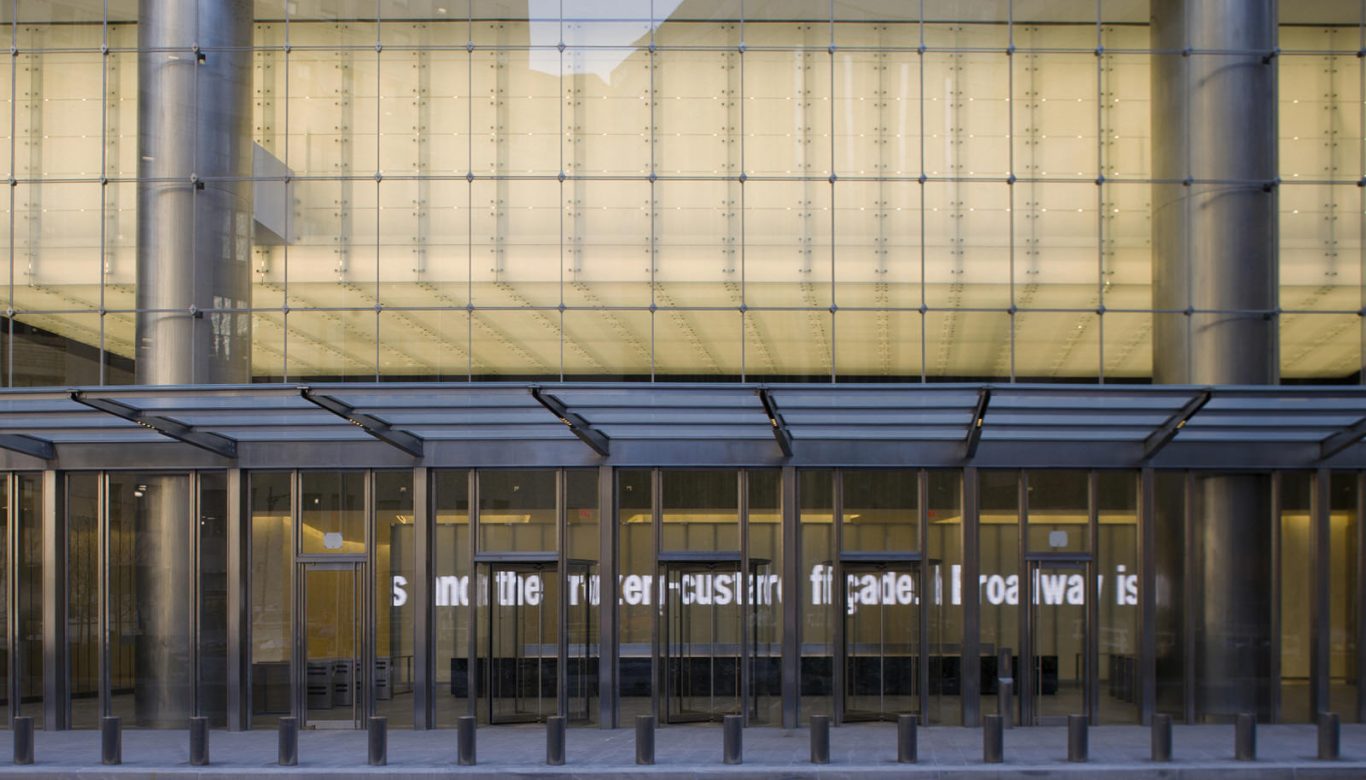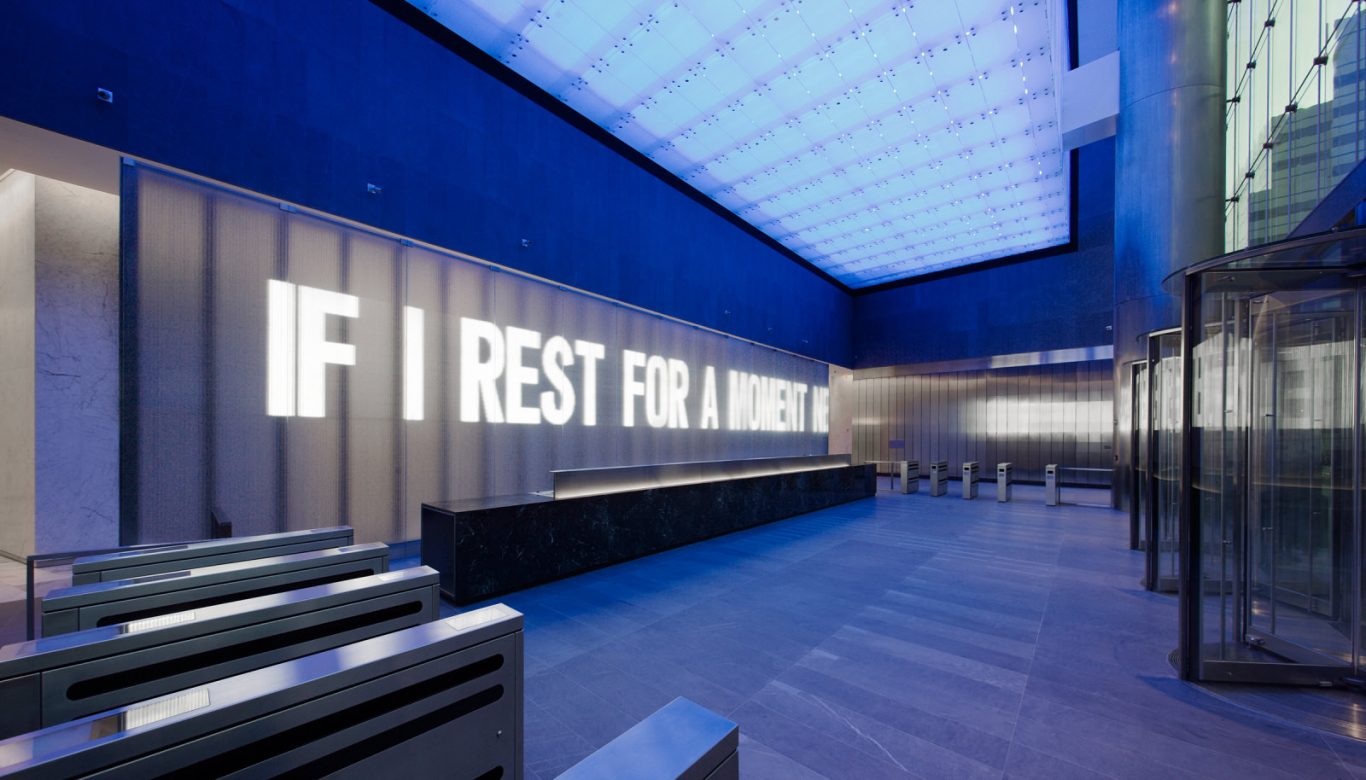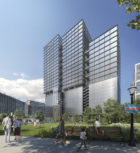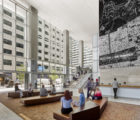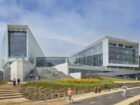A step toward the future
As the first building erected at the World Trade Center site since September 11, 2001, and with the site’s master plan then still in the works, 7 World Trade Center established a vision for the future of the district. It set a new benchmark for environmental performance as one of New York City’s first highly sustainable office towers, and transformed the public realm by restoring the Manhattan street grid and reconnecting the surrounding neighborhoods for the first time in three decades.
